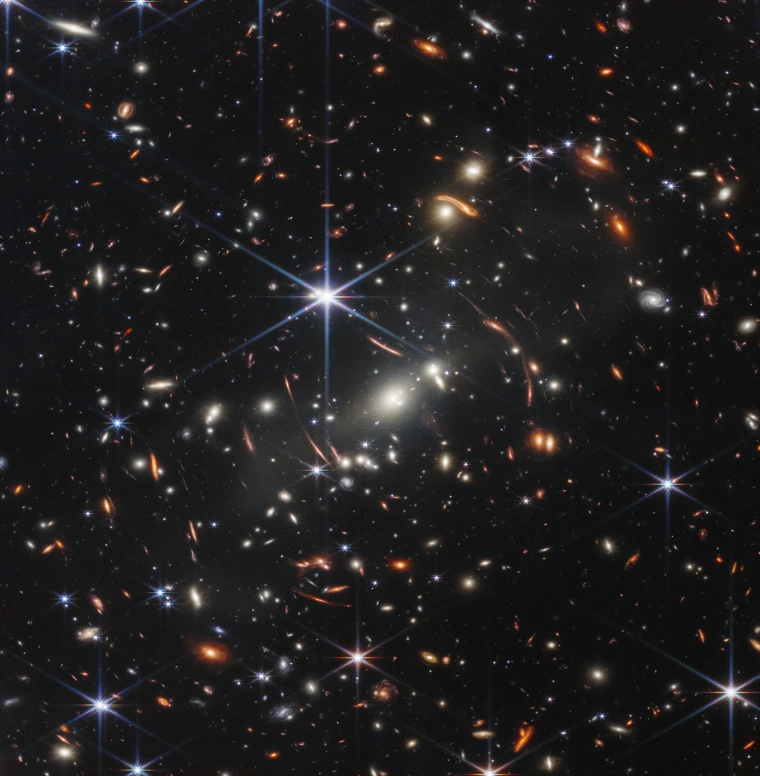This is our third blog for CGSE Physics students.
It’s the first of two blogs on cosmology.
It explores the evidence for our current understanding of the universe.
We are looking at redshift.
In our second blog, next month, we’ll see how redshift led to the idea of the Big Bang.
The Big Bang was the creation of space and time, the beginning of our universe.
Background
By 1920, astronomers had measured the distance to many stars.
You can see how they did it in a previous blog.
Many of these astronomers thought that our galaxy, the Milky Way, was the whole Universe.
The universe was around 100,000 light years across.
That’s around 950 000 000 000 000 000 kilometres across, pretty big!
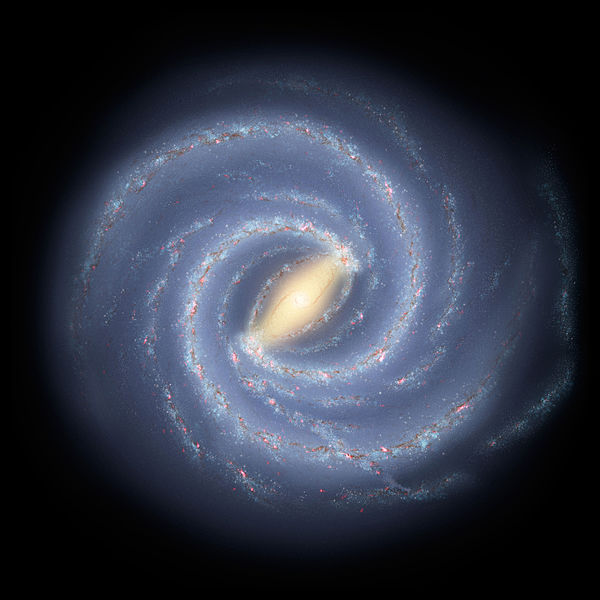
Milky Way. Credit: NASA
Other astronomers had a different view.
Among the stars were hazy, whirlpool patches of light.
They called them ‘spiral nebulae’, spiral-shaped clouds.
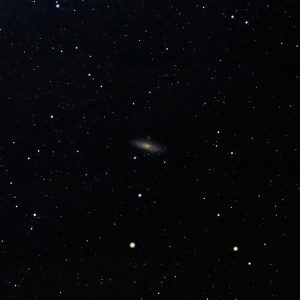
Andromeda spiral. Credit: Stellarium
These astronomers said that spiral nebulae were other Milky Ways far beyond our star system.
They were what we now call galaxies.
Our Milky Way was just one of these galaxies in an enormous universe.
Edwin Hubble
The debate was settled in 1923 by American astronomer Edwin Hubble.
He measured the distance of the brightest spiral, the Andromeda nebula.
He used the huge telescope at Mount Wilson to find a particular kind of star in Andromeda.
Called a Cepheid Variable, it told Hubble that the distance was immense.
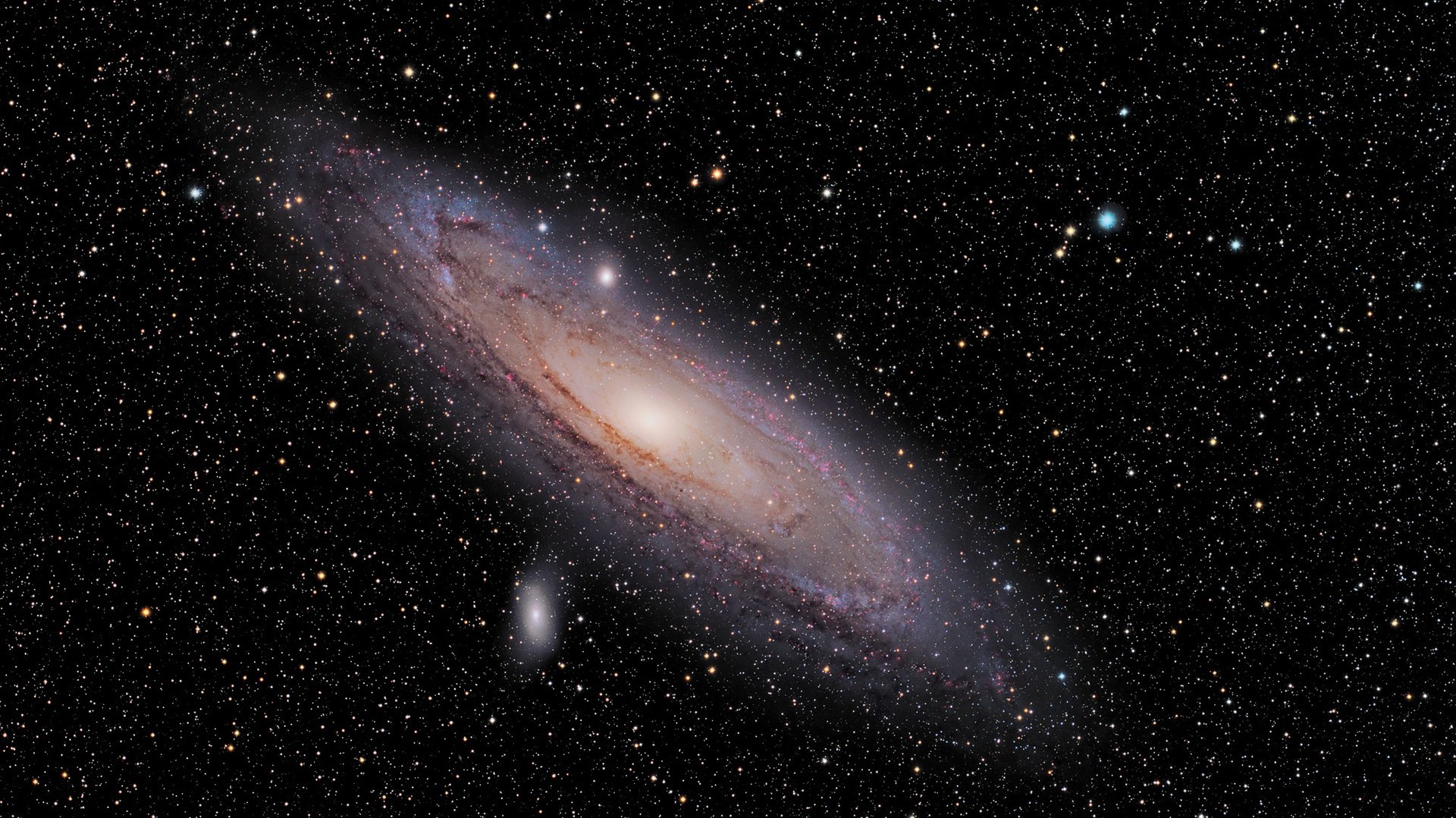
Andromeda Galaxy, M31. Photo: NASA
The Andromeda nebula was 2.5 million light years away!
This put it way outside the Milky Way.
It and the other spirals were galaxies, star cities like the Milky Way.
Between the galaxies was an immense void of empty space.
Big – and getting bigger
Hubble had shown that the universe is enormous.
Space goes on for millions, billions of light years.
His next discovery, in 1927, was even more amazing.
He found that the universe is expanding, getting bigger every day.
To understand his discovery, we must explore the science of spectroscopy.
Spectroscopy
A spectroscope splits starlight into its component colours:
red, orange, yellow, green, blue, indigo, violet.

Blue = shorter wavelength —————————————-red = longer wavelength
This is the continuous spectrum.
In the spectra of some gas clouds, nebulae, bright vertical lines can be seen in the colours.
These are emission lines.
They come from individual elements that are giving out energy at specific wavelengths.

In a star’s spectrum, dark vertical lines are seen in the coloured spectrum.
These are absorption lines, where each element in the star absorbs light of those same wavelengths.

We can identify elements in stars from their lines in spectra, like a barcode.
Galaxy Spectra
Distant galaxies are too far away to resolve individual stars.
But the light from a galaxy still shows absorption lines from stars inside it.
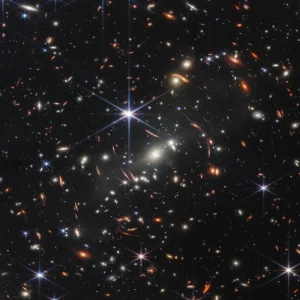
Field of Galaxies. Webb Space Telescope
The lines from the galaxy are not at the usual wavelength.
They are all at a longer wavelength, towards the red part of the spectrum.
This is redshift.
Doppler redshift
Redshift is caused by movement of an object away from us.

As the object moves away, the light waves are ‘stretched’ and become longer.
An approaching galaxy shows blueshift, where waves are ’squashed’.
Only the nearby Andromeda Galaxy shows a blueshift.

All other galaxies show redshift – they are moving away from us.
The greater the redshift, the faster the galaxy is moving away – and the further away it is.

In fact, the galaxies are not moving away.
Instead space is getting bigger and taking the galaxies with it.
We live in an expanding universe.
It follows that in the past, the universe was smaller.
Calculations show that 13.8 billion years ago, the universe was small, hot and dense.
This tiny universe suddenly became bigger in the ‘Big Bang’, the creation of the universe.
The universe has been expanding ever since.
Coming Next
The evidence for an expanding universe is conclusive.
Redshift shows that space is getting bigger all the time, and taking galaxies with it.
In our next blog, we’ll see where this discovery took astronomy.
It took us to the beginning, the ‘Big Bang’.
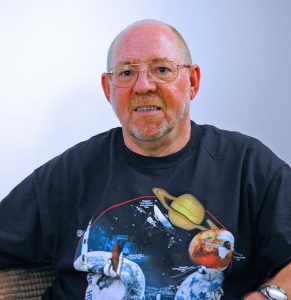
The author: Dennis Ashton is a Fellow of the Royal Astronomical Society and a Wonderdome presenter.
Would you like to hear more Astronomy news?
Do you want to to find out about our upcoming public events?
Follow WonderDome Portable Planetarium on Twitter and Facebook or go to our web site wonderdome.co.uk


